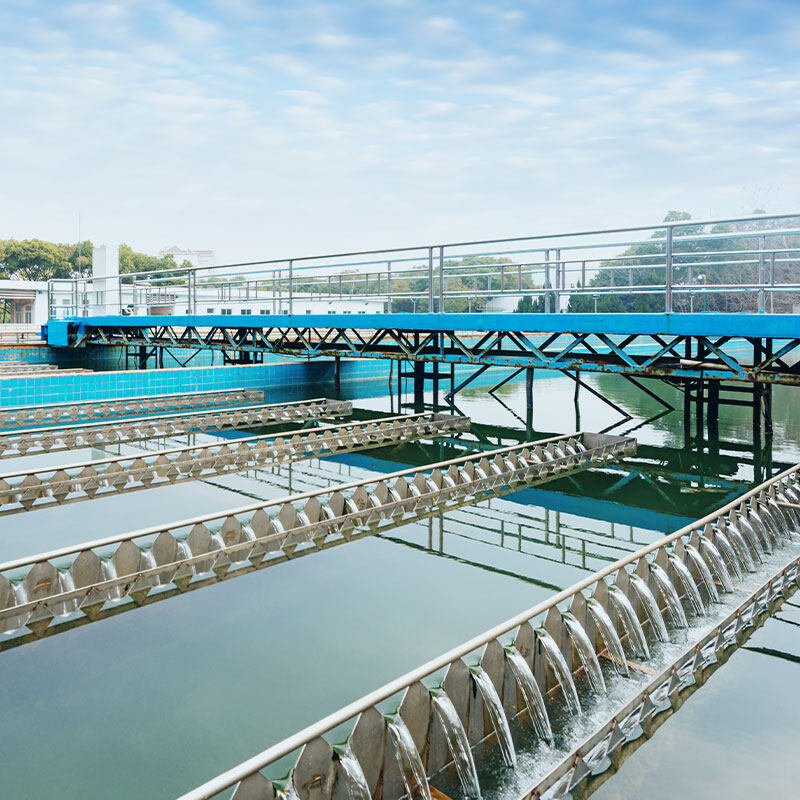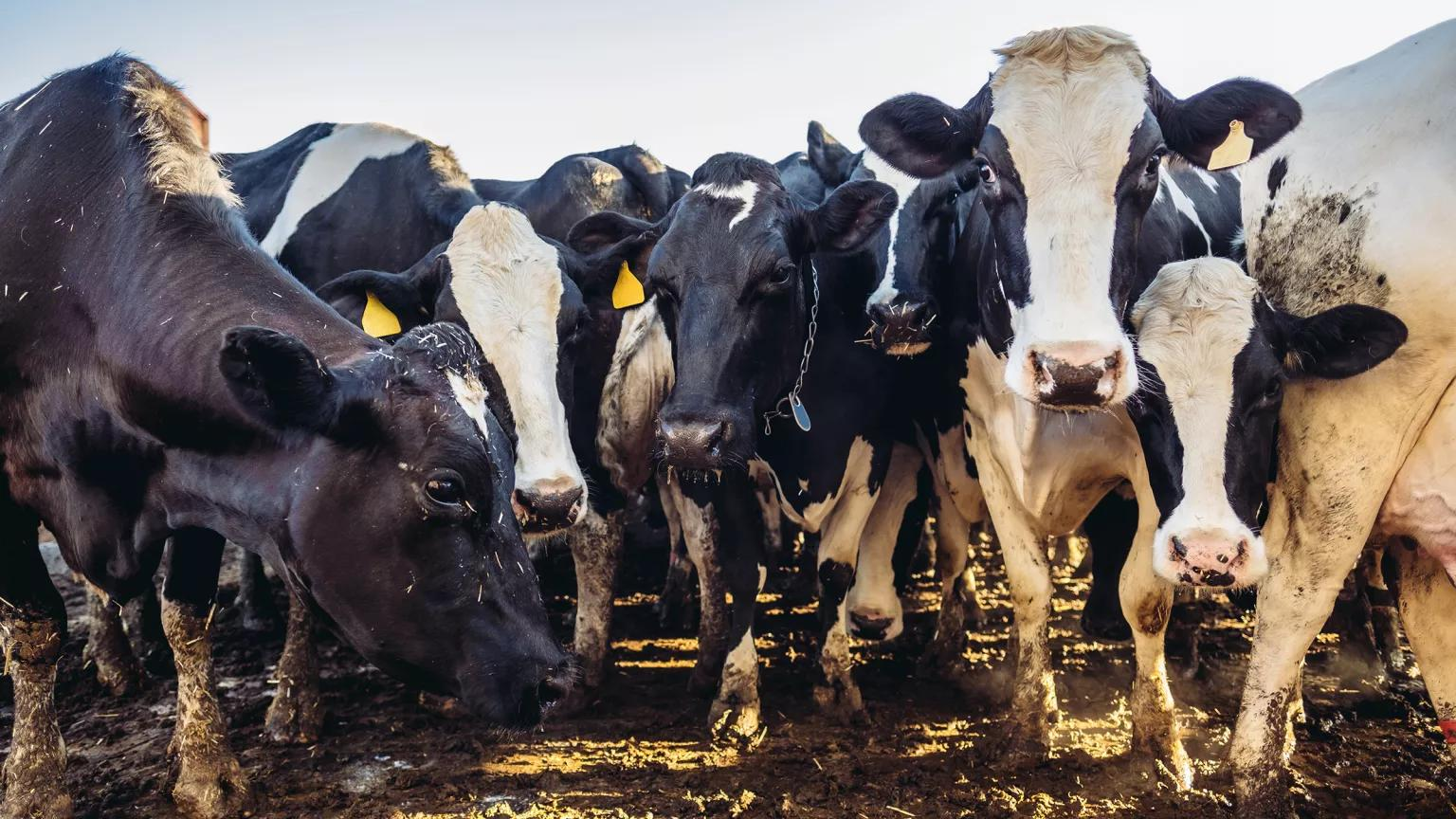Hydrolysis Acidification Method in Livestock Farming Wastewater Treatment
Hydrolysis Acidification Method is the most commonly used biochemical pretreatment technology in the treatment of livestock and poultry breeding farming wastewater,It is a method that falls between Aerobic and Anaerobic treatment, and its combination with other processes can reduce treatment costs and improve treatment efficiency.
Hydrolysis treatment method mainly utilizes facultative anaerobic hydrolysis and acidogenic bacteria to hydrolyze the insoluble organic matter in wastewater into soluble organic matter, converting the difficult to degrade macromolecular substances into easily degradable small molecule substances, thereby improving the biodegradability of wastewater and removing some organic matter, suspended solids, and toxic substances.
The biodegradability of livestock and poultry wastewater is generally good, but due to the high organic pollution load, it often leads to unstable effluent that cannot meet the standard. Adding hydrolysis acidification pretreatment can effectively remove some COD and SS in high concentration livestock and poultry wastewater, improve the operational stability and treatment efficiency of subsequent biological treatment systems, and significantly shorten the treatment cycle.
Generally, anaerobic fermentation process can be divided into four stages: Hydrolysis stage, Acidification stage, Acid decline stage and Methanation stage. Control the reaction process in the hydrolysis acidification tank in two stages: hydrolysis and acidification.
- In the hydrolysis stage, combined fillers can degrade solid organic matter into soluble substances, while macromolecular organic matter can be degraded into small molecule substances.
- During the acid production stage, organic compounds such as carbohydrates are degraded into organic acids, mainly acetic acid, butyric acid, and propionic acid. The hydrolysis and acidification reactions occur relatively quickly and are generally difficult to separate. The main microorganisms in this stage are hydrolysis acidification bacteria.

QDEVU Hydrolysis Acidification System ,after the wastewater passes through the hydrolysis acidification tank, its biodegradability can be improved, the pH value of sewage can be reduced, and the sludge output can be reduced, creating favorable conditions for subsequent Aerobic organism treatment. The combination of fillers in the setting of a hydrolysis acidification tank can improve the removal efficiency of organic matter and suspended solids in the entire system, reduce the organic load of the aerobic system, and greatly reduce the energy consumption of the entire system compared to using an aerobic system alone.
- A high resistance water distribution system is installed at the bottom of the hydrolysis acidification tank, which utilizes the reflux sludge from the secondary sedimentation tank to stir the sludge at the bottom of the hydrolysis acidification tank, making it in a suspended state and fully mixed with the incoming wastewater, thereby improving the treatment efficiency of the hydrolysis acidification tank and reducing the load of subsequent aerobic treatment. The sludge return to the hydrolysis acidification tank of the secondary sedimentation tank can increase the sludge concentration in the hydrolysis acidification tank, improve the treatment effect, and digest the sludge, reducing the discharge of excess sludge, reducing sludge treatment costs, and thus reducing operating costs.
- Install elastic fillers in the hydrolysis acidification tank, and perform hydraulic cutting on the stirred wastewater to fully mix the suspended sludge with water. Provide favorable conditions for the growth of hydrolysis acidification bacteria.
- The bottom of the hydrolysis acidification tank is also equipped with a sludge discharge pipeline system, which can ensure the long-term stable operation of the hydrolysis acidification tank.
Visit www.evuchina.com for more informations!
#QDEVU #ELECTROCOAGULATION #DAF #FLOTATION #WATERTREATMENT #WASTEWATERTREATMENT #SEWAGETREATMENT #SEWAGEWATERTREATMENT #WATERFILTER #WATERFILTRATION #SLUDGETREATMENT #SLUDGEDEWATERING



